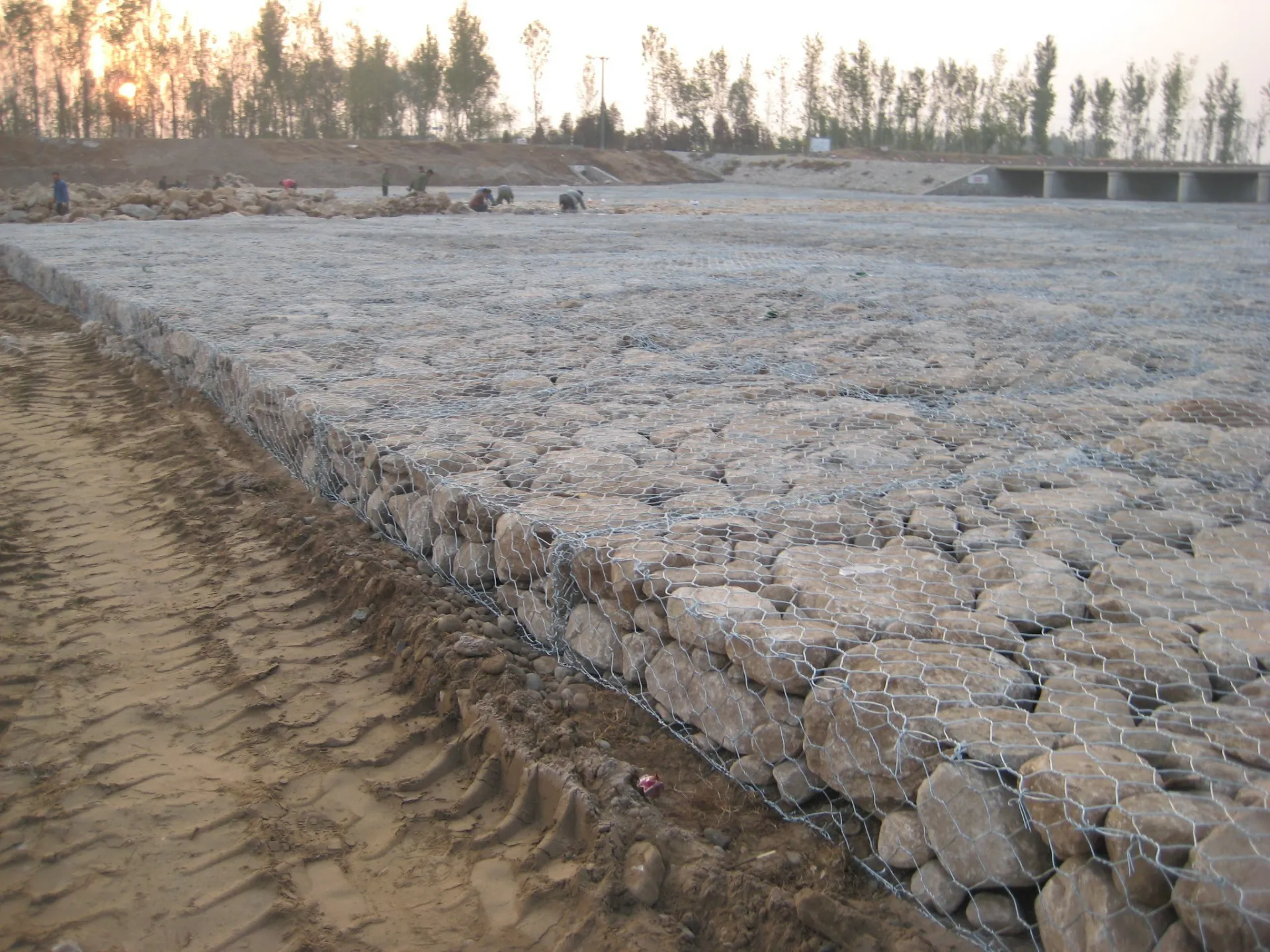-
 Phone:
Phone: -
 Email:
Email:

bale wire
Understanding Bale Wire A Vital Material in Agriculture and Industry
In the world of agriculture and industry, bale wire plays a pivotal role in ensuring the efficient handling, transportation, and storage of biomass materials. As a substance that binds bales of hay, straw, or cotton, bale wire is not only essential for farmers but also crucial in various industrial applications. This article will explore the significance of bale wire, its types, uses, advantages, and its future in a growing global market.
What is Bale Wire?
Bale wire, commonly made from steel or synthetic materials, is designed to tightly secure bales of agricultural products. Typically produced in various gauges and strengths, bale wire is selected based on the type of material being bundled and the specific needs of the operation. Traditionally, steel wire has been the most common choice due to its durability and strength. However, advancements in technology have led to the development of synthetic alternatives that exhibit similar benefits while providing enhanced flexibility and resistance to corrosion.
Types of Bale Wire
Bale wire comes in several types, primarily categorized based on their material composition. The most popular types include
1. Steel Bale Wire Known for its strength and durability, steel bale wire is commonly used in large-scale agricultural operations. It can withstand heavy tension and harsh environmental conditions, making it an industry standard.
2. Galvanized Bale Wire This type of wire has a protective zinc coating, which prevents rusting and extends the lifespan of the wire. It is particularly useful in humid or wet environments.
3. Polypropylene Bale Twine A newer alternative, this synthetic option is lightweight, flexible, and resistant to UV rays and moisture. It is often preferred for lighter bales and offers ease of handling.
4. Cotton Bale Wire This type is traditionally used in cotton farming to bind cotton bales. It is biodegradable and is thus favored for its environmentally friendly properties.
Uses of Bale Wire
Bale wire is predominantly utilized in various sectors, including
- Agriculture In farming, it secures hay and straw bales, preventing them from falling apart during transport. Properly tied bales are essential for maximizing storage space and ensuring the quality of the produce.
bale wire

- Forestry In logging operations, bale wire helps in bundling and transporting wood chips and sawdust
.- Recycling and Waste Management Bale wire secures bulk materials in recycling centers, allowing for ergonomic handling and efficient transport of recyclable materials.
- Industrial Applications Bale wire can also be found in manufacturing settings, where it is used to bundle items such as paper rolls, textiles, and more.
Advantages of Using Bale Wire
The use of bale wire comes with several noteworthy benefits
- Durability Whether it's steel or synthetic, bale wire provides a robust binding solution that lasts longer than many alternatives.
- Cost-Effectiveness Given its long lifespan and ability to withstand various environmental conditions, bale wire can be a cost-effective solution for farmers and industries.
- Ease of Use Bale wire is easy to handle, allowing workers to quickly secure bales without specialized training.
- Versatility With various types available, bale wire can be used across different applications, making it a go-to material for diverse industries.
The Future of Bale Wire
As agriculture and industry continue to evolve, so too will the demand and production of bale wire. Advancements in material science may lead to new, more sustainable options, possibly incorporating recycled materials that align with global sustainability goals. Furthermore, with the rise of automation in farming, bale wire usage is likely to mesh with sophisticated bailing systems that require efficient and reliable binding solutions to keep pace with increased productivity.
Conclusion
Bale wire, while often overlooked, is an essential material that underpins various agricultural and industrial processes. With its remarkable strength, versatility, and adaptability, it plays a vital role in the efficient management of bales, be it hay, straw, or other commodities. As the industries evolve, embracing sustainability and automation, the future for bale wire appears bright, ensuring it remains an indispensable asset for farmers and industries alike.
-
Wire Mesh for Every Need: A Practical SolutionNewsJul.25,2025
-
Steel Fences: Durable, Secure, and Stylish OptionsNewsJul.25,2025
-
Roll Top Fencing: A Smart Solution for Safety and SecurityNewsJul.25,2025
-
Cattle Farm Fencing Solutions for Maximum SecurityNewsJul.25,2025
-
Affordable Iron Binding Wire SolutionsNewsJul.25,2025
-
Affordable Galvanized Wire SolutionsNewsJul.25,2025
-
Wire Hanger Recycling IdeasNewsJul.25,2025








